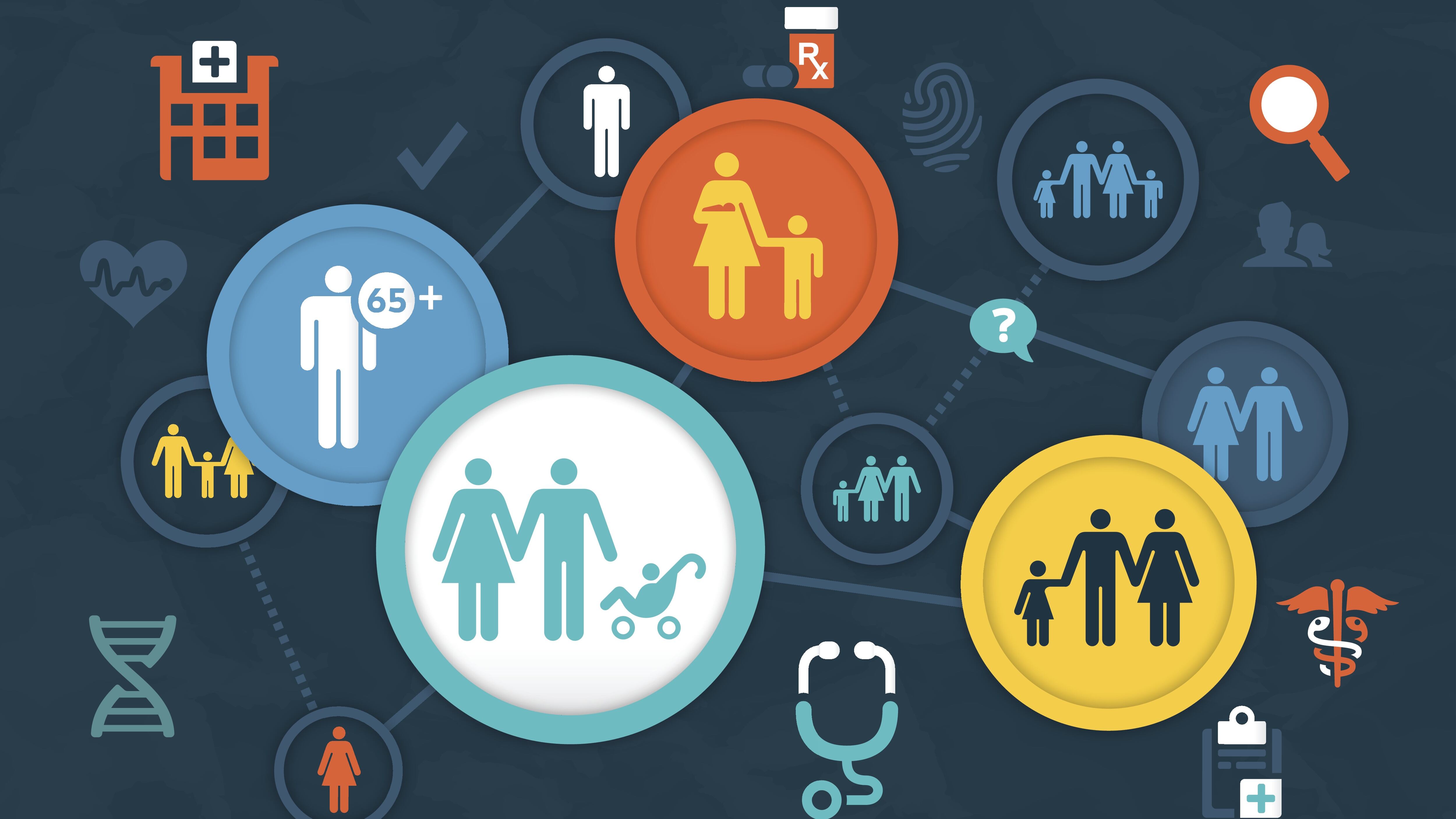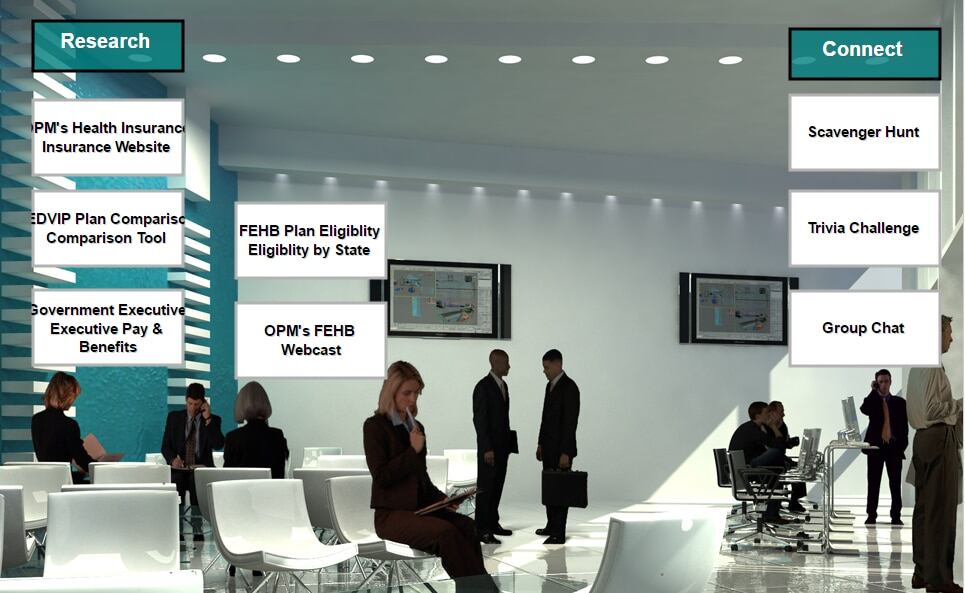With Halloween around the corner, here’s a horror story: It’s nearing midnight on Dec. 11, the day open enrollment ends for Federal Employee Health Benefits, and you’ve procrastinated.
Now you’re now staring down a 150-page brochure full of options and numbers, all with medical jargon in a small, nondescript typeface. Gah! With little time to figure out what it all means, and to select your choices for next year, you wish you had the cheat codes to finding the information you need quickly.
If this could be you, here are some tips to help you get started and make choosing your health coverage a less hair-raising experience.
Plan ahead
Admittedly, no one loves sitting down at the kitchen table on a gorgeous fall weekend and pouring over copays.
But don’t put it off until the last day of open season. Open enrollment begins on Nov. 13 this year, and many materials are made available before then. Take advantage of that.
RELATED

“Federal employees and annuitants should take advantage of open season to conduct a wellness and financial check-up for their health care coverage to ensure they are getting the most from their benefits,” said Kiran Ahuja, director of the U.S. Office of Personnel Management, in a statement.
And dissatisfaction with your plan is not the only reason to review your coverage.
Often, there are drops in coverage, new pre-authorization requirements or hidden perks that are new each year, said Kevin Moss, a senior editor with Consumers’ Checkbook, in an interview.
“Your plan changes every year,” Moss said. “You may be generally satisfied with your plan and you may choose to do nothing, but you absolutely need to know how your costs are going to change.”
According to OPM, less than 5% of federal enrollees change their health plans during open season.
RELATED

How to read your plan brochure
This year, with 158 plans available to federal employees, the choices can be overwhelming. Many carriers have already posted their 2024 brochures, while others are on the way.
For the most part, plan brochures are organized the same way, which should help make comparing them a bit easier.
For these common questions, here is where the answers will correspond in the booklets, according to Moss.
- How much are my FEHB premiums? → Scroll, or flip, to the very last page of the brochure to find the premiums table. Look for your share for your specific plan, as some tables might include several rows of plan premiums.
- How did my plan change? → Section two of your brochure will detail almost all plan changes. You can refer to this to help you decide whether another plan is offering something you need, or want, this year.
- I’m struggling to find one detail on something very specific. → You don’t have to memorize the FEHB plan brochure structure, Moss said. For whatever you’re looking for, try hitting “control + F” on your keyboard and searching the document on your computer for keywords that interest you.
- I’m looking for information on covered drugs and in-network doctors. → You’ll have to go to the carrier website to find the prescription formulary and health care provider list for your plan.
- How can I make side-by-side comparisons? → OPM’s plan comparison tool and Consumers’ Checkbook’s guide to health plans are not yet out available. Keep an eye out for them in the upcoming weeks.
Questions to ask about your needs
If you’re able to anticipate you or a family member needing extensive medical treatment or maternity care in 2024, consider shopping around for the plan that pays more on those claims.
If your medical needs are limited to preventatives, like an annual checkup and little more, a less expensive, less comprehensive plan may help you guard more of your paycheck each month.
In your budget, consider how premiums — the monthly bills you must pay for your coverage — and out-of-pocket costs, including deductibles and copays, factor into your medical spending each year.
And when trying to compare plans, use questions like these to narrow down your choices to four or five plans. Researching and cross-referencing just a handful of plans will be more manageable than trying to parse differences between all of them.
Bonus tip: when leafing through your brochure, if you can open the PDF in Adobe or another file-reading program, sometimes a clickable table of contents will automatically generate.
RELATED

FEHB open season resources
- FEHB Plan Information
- FEHB Plan Comparison Tool
- Quality Healthcare Scores
- FEDVIP Plan Information
- FEDVIP Plan Comparison Tool
- Federal Flexible Spending Account
Molly Weisner is a staff reporter for Federal Times where she covers labor, policy and contracting pertaining to the government workforce. She made previous stops at USA Today and McClatchy as a digital producer, and worked at The New York Times as a copy editor. Molly majored in journalism at the University of North Carolina at Chapel Hill.




